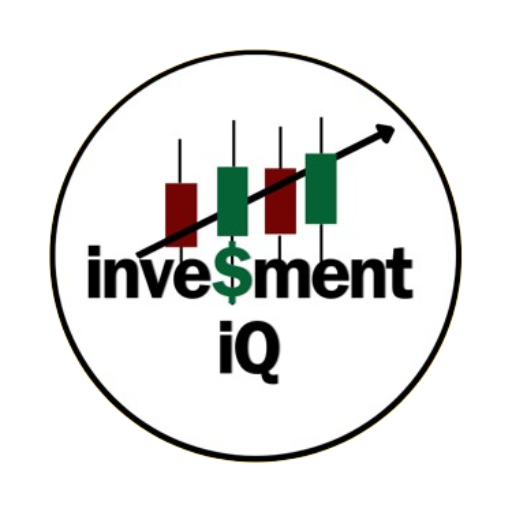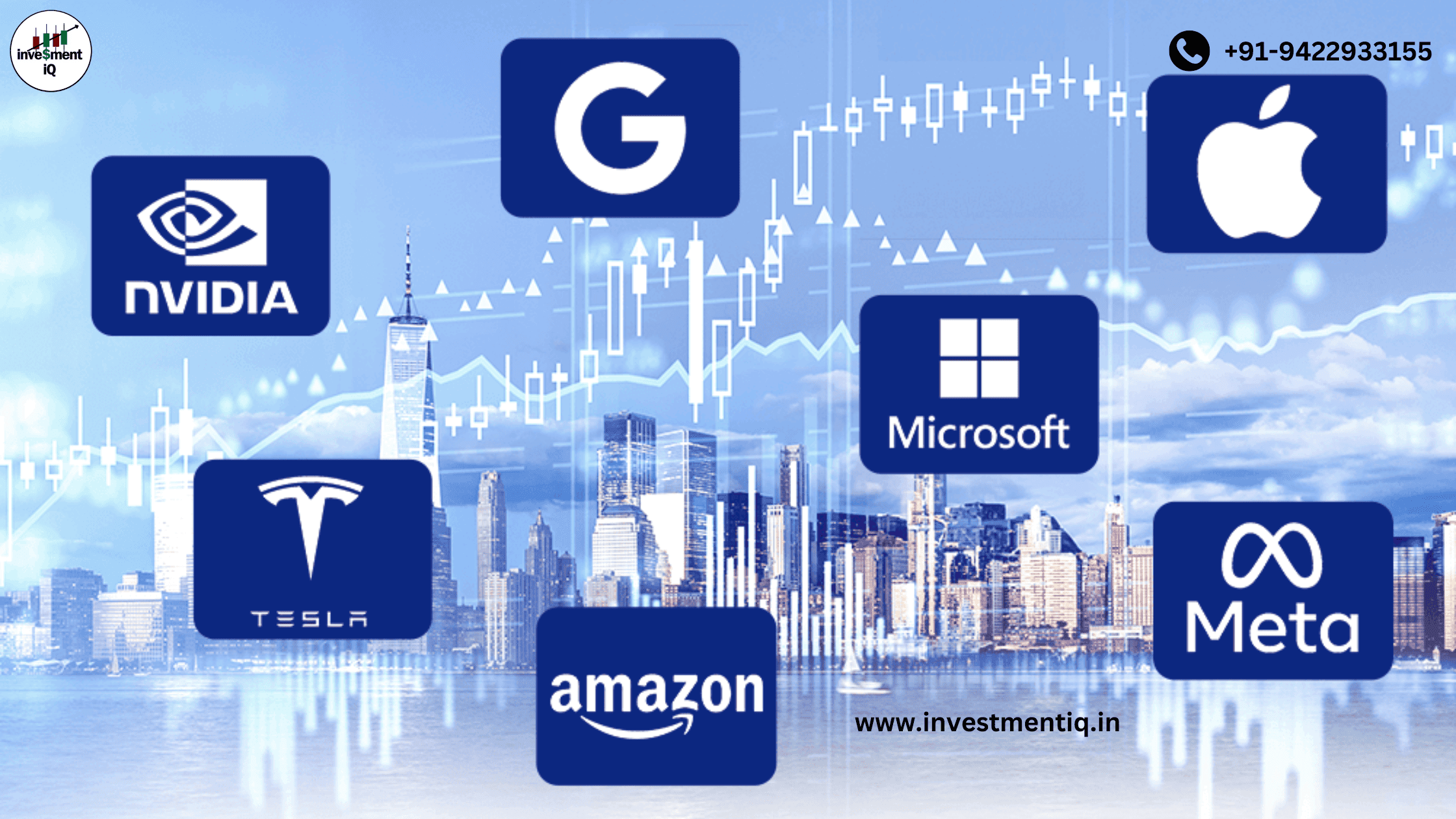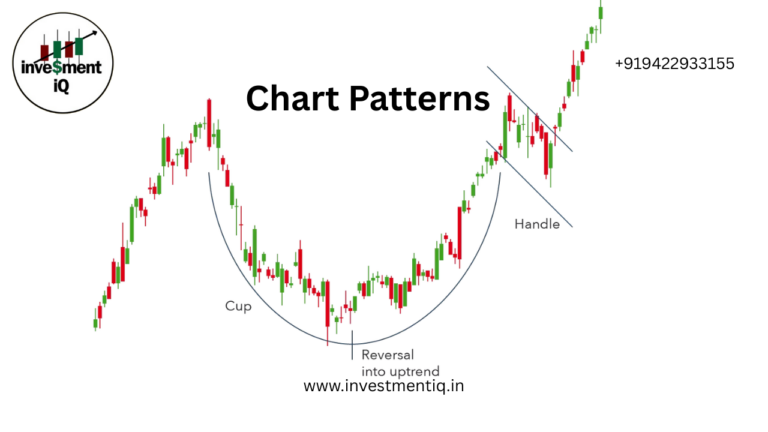What are the Magnificent 7 stocks?
The Magnificent 7 stocks are big tech companies. They have large market caps. This means their value is the number of shares times the price of each share. This group includes:
- Alphabet (Google’s parent company)
- Amazon
- Apple
- Meta Platforms (the parent company of Facebook and Instagram)
- Microsoft
- Nvidia
- Tesla
These stocks are big and perform well, making up about one-third of the S&P 500’s total market cap. They also made up a significant percentage of the market’s total returns in 2024.
Why are they called the Magnificent 7?
They’re called the Magnificent 7 because they are seven top growth stocks in tech. The name is a nod to the classic 1960 Western film of the same name.
What stocks are in the Magnificent 7?
The Magnificent 7 consists of stocks from 7 of the world’s most well-known tech companies. They all have market capitalizations of over $1 trillion, with a few over $3 trillion as of January 2025. In alphabetical order, here are the companies that comprise the Magnificent 7 stocks.
Alphabet
Ticker:
GOOG;
GOOGL
As the ticker hints, Alphabet is the parent company of Google. The company changed its name from Google to Alphabet as it ventured outside of the search engine business. Alphabet owns Fitbit, the fitness tracker. It also owns Waze, the traffic app, and YouTube, the video-sharing site, among others. Why are there 2 tickers for 1 company? GOOGLE shareholders get voting rights, while GOOG shareholders don’t, but there’s not much difference beyond that. Despite having the lowest 10-year returns of the Magnificent 7, it has still grown over 600% from January 31, 2015, to January 31, 2025, according to Fidelity data.
Amazon
Ticker:
AMZN
What was once an online bookseller is now a buy-anything-and-everything company. Amazon is a streaming service (Amazon Prime), a cloud platform (AWS), and a supermarket chain (Whole Foods). These are just a few of its many businesses. The stock has grown over 1,000% from January 31, 2015, to January 31, 2025, according to Fidelity data.
Apple
Ticker:
AAPL
The first of the Magnificent 7 stocks to go public in 1980, it is now one of the world’s most valuable companies, often ranking No. 1. 1. 1 spot. The company still makes computers like they did in the past. But now, they also produce phones, smartwatches, and tablets. Apple has a strong presence in music. It offers Apple Music for streaming songs. It also owns Shazam, an app that recognizes songs. Plus, it has Beats, which makes headphones, earbuds, and speakers. Apple stock has surged about 700% from January 31, 2015, to January 31, 2025, according to Fidelity data.
NVIDIA
Ticker:
NVDA
The chipmaker has been public since 1999. You may have noticed its name more recently. This is because its stock jumped nearly 2,000% between January 31, 2020, and January 31, 2025, based on Fidelity data. That’s a higher return by far than any other Magnificent 7 stock in that same time period. NVIDIA even briefly took over the most valuable company in the world spot from Apple in 2024.
Microsoft
Ticker:
MSFT
It’s the company behind computer software many people use at home or in the workplace. It’s also the owner of LinkedIn. That’s in addition to other subsidiaries, such as video-calling software Skype. Microsoft is the only company in the Magnificent 7 that didn’t outpace the S&P 500 last year. It only grew by 2% from January 31, 2024, to January 31, 2025, based on Fidelity data. If you take the long view, though, you’d see its stock has jumped about 900% since 2015.
Meta Platforms
Ticker:
META
The social media giant, originally Facebook, changed its name in 2021. By then, it had already bought Instagram, a photo-sharing app, and WhatsApp, a messaging app. Since going public in 2012, its stock has steadily grown. From January 31, 2015, to January 31, 2025, it returned over 800%, based on Fidelity data.
Tesla
Ticker:
TESLA
It’s the only company in the Magnificent 7 that many see as part of the tech sector. This is interesting since it is an automaker that makes electric vehicles. Tesla also produces solar roofs and home energy generators. It was the stock in the Magnificent 7 that saw the most growth from January 31, 2024, to January 31, 2025, climbing 118%.
Historical performance of Magnificent 7 stocks
The chart below shows the 1-, 5-, and 10-year stock returns for the Magnificent 7 companies. This data comes from Fidelity and is as of January 31, 2025.
Company and stock ticker 1-year return 5-year return 10-year return Alphabet (GOOG) 35% 183% 673% Amazon (AMZN) 51% 156% 1,252% Apple (AAPL) 28% 196% 719% Meta Platforms (META) 75% 234% 821% Microsoft (MSFT) 2% 142% 936% Nvidia (NVDA) 100% 1,937% 26,004% Tesla (TSLA) 118% 878% 2,978%
Advantages of Magnificent 7 stocks
Several factors are boosting the stock performance of the Magnificent 7 companies. This could make them appealing investments for you.
Financial strength
The Magnificent 7 companies have plenty of resources. They also show a history of growing revenue and strong profits. This helps them keep moving upward.
Market leadership
The Magnificent 7 are widely recognized as leaders in tech. These companies have significant market share, customer loyalty, and insulation from new competitors.
Global operations
The Magnificent 7 works in many countries. This helps them earn money from different sources. It also helps them take advantage of global growth. This is especially true in developing markets, which may grow faster than the US market.
Disadvantages of Magnificent 7 stocks
Investing in any security, including the Magnificent 7 companies’ stocks, carries risk. There are potential drawbacks specific to these stocks too. Here’s what you should know before investing in the Magnificent 7 companies’ stocks.
Assumed growth isn’t guaranteed
The companies in the Magnificent 7 are huge and still growing. However, it might be harder for them to double their value from $1 trillion to $2 trillion than for a $1 billion company to reach $2 billion. Focusing only on mega-cap stocks—those worth $200 billion or more—might lead to missed opportunities in smaller companies. These smaller firms often provide better growth opportunities.
Premium prices
Many investors see the Magnificent 7 as a basket of possibly overvalued stocks. That could be because these valuations assume future growth and bake that into the price. If growth falls short of high investor expectations, it could hurt stock values.
Portfolio concentration
If you invest in large-cap growth funds, like mutual funds or ETFs, you likely own some of the Magnificent 7 stocks. These funds focus on high-value companies expected to grow faster in revenue or earnings than others. Buying more shares of these companies might make your portfolio too focused, which raises risk. In other words, be careful not to put all your eggs in one basket.
How to buy Magnificent 7 stocks
If you’re looking to invest in the Magnificent 7, there are several ways to add them to your portfolio.
- Buy individual stocks: You can buy them through a brokerage account, retirement account, or any investment account that lets you purchase stocks.
- Buy shares of an index fund. The Magnificent 7 stocks are part of many common market indexes. These indexes group securities by shared features, like high value or sector. Examples include the S&P 500 and Nasdaq Composite. Buying into a fund that tracks one of these indexes can give you exposure to the Magnificent 7 stocks, in addition to the broad market. Some index funds charge fees. However, some do not have an expense ratio. This means you keep more of your overall investment.
- Buy shares of a Magnificent 7 ETF. Many ETFs now focus on the Magnificent 7 stocks. These funds group securities based on a theme or strategy. These funds make it simple to add the Magnificent 7 stocks to your portfolio. However, you’ll need to consider the fund’s expense ratio and any other fees.
you may be interested in this blog here:-
What’s the difference between Treasury bonds, notes, and bills
Can I Open a Brokerage Account for My Child
What is the Contrast Between Favored Stock and Normal Stock?




